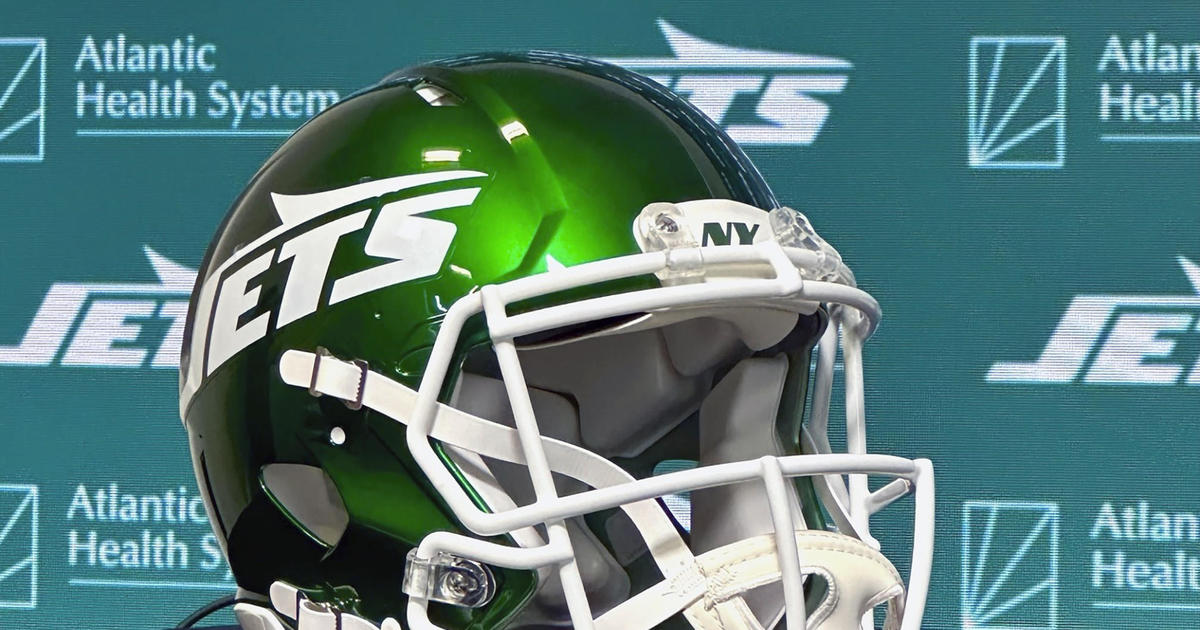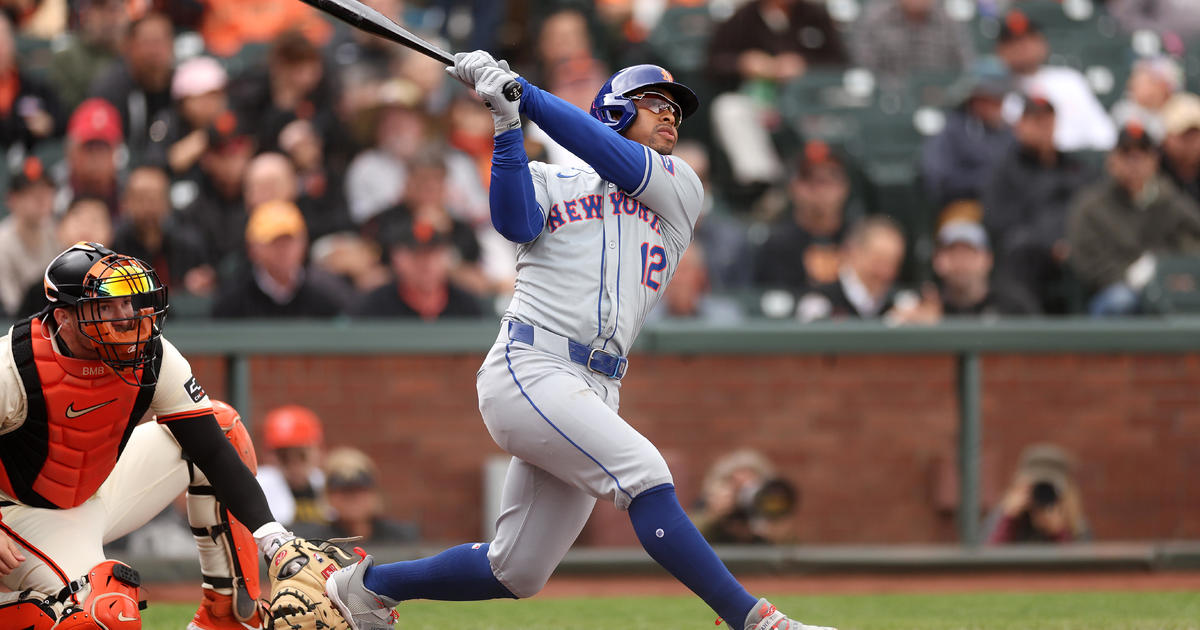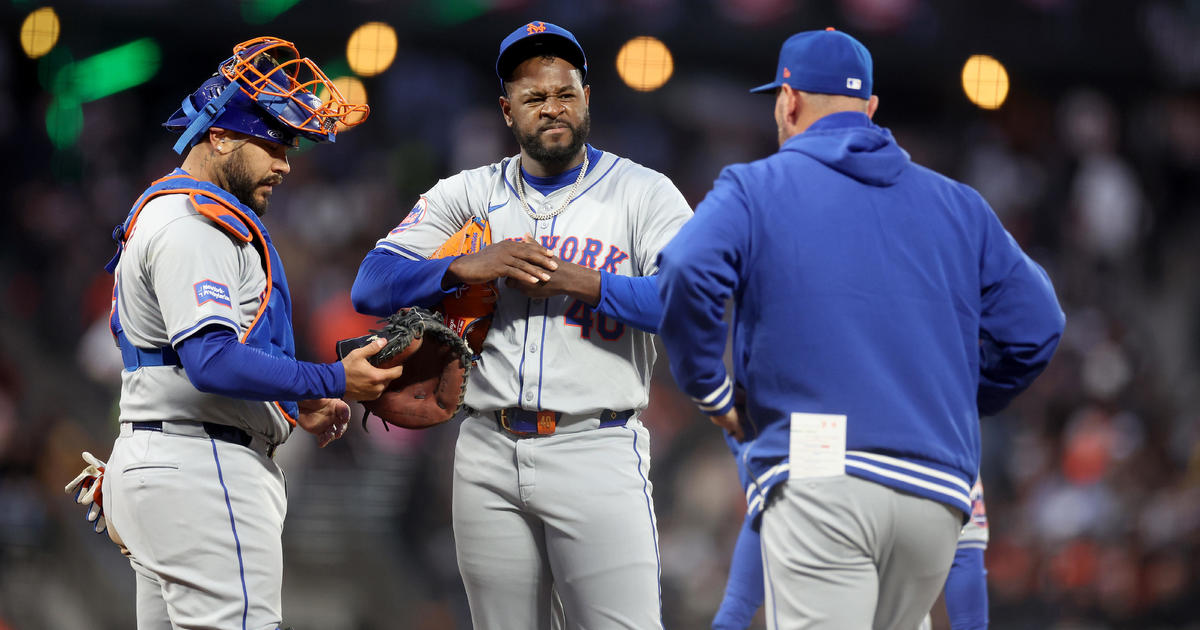Burns: The Curious Case Of New Mets Legend Daniel Murphy
By James H. Burns
I can remember the absolute intensity radiating off of Daniel Murphy, or perhaps it was an extraordinary level of nervousness.
Or, likely, a combination of both.
I was standing behind Murphy late in 2008 -- his rookie season -- when he was playing left field for the Mets.
In Shea Stadium's last era, management had come up with something clever. Just beneath the bleacher seats in the picnic section -- a ticket you could normally only buy if you were part of a group of around at least twenty patrons -- it had created a huge screened cutout on the ground level. You could stand there for as along as you wished -- on the same exact level as the field -- right along the outfield fence. There were plenty of shots on TV that year of left fielders nearly face-to-face with fans beyond the partition as they tracked or caught a long drive.
KEIDEL: METS MUST PAY DANIEL MURPHY
I found it fascinating to watch a few of the innings of the game from this unique perspective.
Murphy was the opposite of the old baseball adage, "Be intense without being tense."
Every move he made, as he waited for the pitcher to deliver his pitch, seemed to be filled with quirkiness, even when he remained motionless.
The Mets, it must be noted, had the 23-year old playing out of position. And his rise to the club had been unlikely and virtually meteoric.
Web Extra: Guide To Citi Field | Best Eats At Citi Field | Best Bars In NYC To Watch Mets In NLCS
Murphy was born and raised n Jacksonville, Florida, where he attended high school and college. The Mets selected him in the 13th round of the 2006 draft. He played 2007 with the Mets' Class A team and was promoted to Double-A the next year. When Mets outfielder Marlon Anderson was injured in August of 2008, the Mets promoted Murphy to the big leagues. Murphy had been batting over .300 in the minors, and the parent club was in need of some offense.
Murphy's position had been third base. But David Wright, of course, had rightfully claimed that spot as his own.
But Murph could always hit.
REPORT: UNLIKELY THAT METS RE-SIGN DANIEL MURPHY
The following seven years, however, sometimes seemed an experiment in how much the Mets, and fate, could do to mess with his equilibrium.
During the 2009 season, after a Carlos Delgado injury, the club moved Murphy to first base, where many Mets pundits thought he performed uncomfortably. During the following spring training, there were the famous photos of Keith Hernandez working with him to learn the position. (Hernandez still refers to the photos with embarrassment. It wasn't because of Murphy, but rather the image of himself looking a little chubby in shorts, which drove him to start a diet.)
A few weeks later Murphy injured his knee, sidelining him for roughly two months. In June, when playing a rehab game with the Buffalo Bisons, Murphy ruptured his knee's interior ligament. The high-grade MCL tear kept him out for the rest of the year..
In 2011, the Mets decided to make Murphy their second baseman. He now had to learn the intricacies of another position.
Through the years there would be the odd mental stumbles in the field, the erratic approach at the plate and the occasionally ill-conceived -- or at least off-beat -- off-the-field comments.
Murph didn't necessarily always seem like a fellow at ease in his own skin.
Murphy would continue to have games where the anxiousness I sensed in the left-field corridor seemed to remain prevalent.
Surely there had also been moments of Murphy glory. He was actually more serviceable in the outfield than most people recall. More significantly, Murphy became the fifth Mets rookie to get 10 hits in his first 20 pro at-bats. Before another season-ending injury in August of 2011, he had the third-highest batting average in the National League.
Over the years -- at just the wrong time -- Murphy would do something weird in the field or on the bases to cost his team in a big spot.
Even Gary Cohen, the Mets' lead television broadcaster and a lifetime fan, told WFAN hosts Joe Benigno and Evan Roberts last week that he has no interest in seeing Murphy back with the Mets next season.
"He's not a big power hitter," Cohen said. "He's a good hitter, he's a good hitter. He's a good sixth or seventh hitter in a good lineup. That's what he is. And he hurts you so badly in the field and on the bases, and with all the craziness I think it's time to move on … Murph is a lovable guy, but I think he's a net negative, and I've always felt that way."
The criticism makes Murphy's postseason triumphs all the more remarkable and impressive. His postgame interviews have also been astonishingly astute.
Maybe Murphy just always needed the right stage on which to shine. Or possibly, after eight seasons in the major leagues, Murphy's metamorphosis has finally taken hold.
And maybe after all these years by the waters of Flushing Bay, some Mets magic has finally taken hold. The original Mets formula for postseason success included average players suddenly excelling.
One can only hope that Murphy's run of greatness can continue over the next few weeks.
He has already created one of the most memorable playoff legacies in franchise history.
James H. (Jim) Burns is a writer/actor living in Franklin Square, New York.



